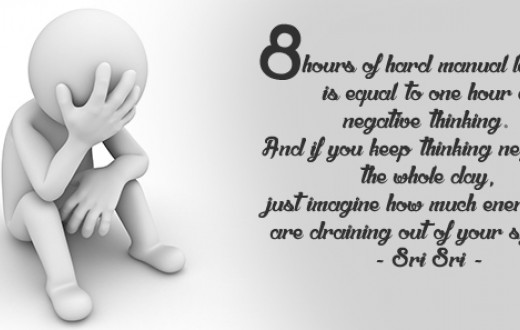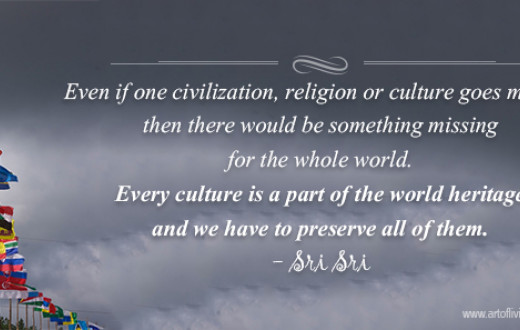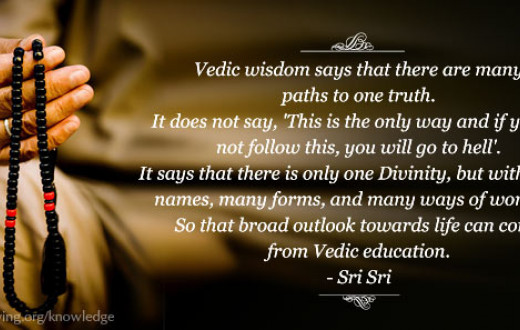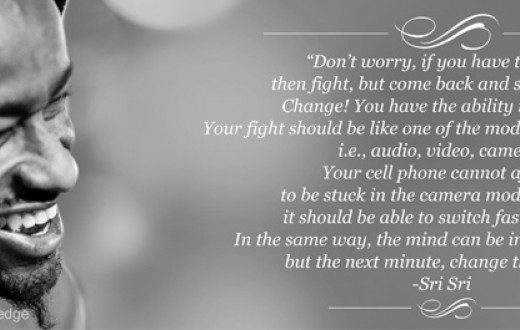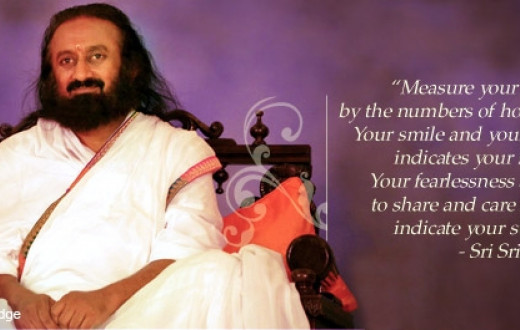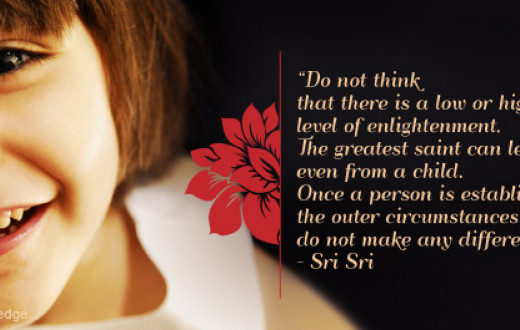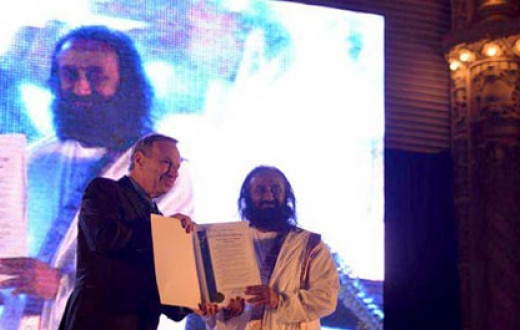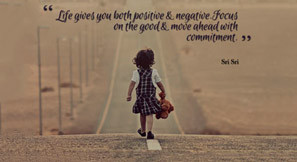Bad Antogast, Germany

We welcome members from the Sri Lankan temple, who have come from Switzerland. They sang a very nice ancient Tamil song, which has a beautiful meaning.
Tamil is a very old language, maybe 10,000-15,000 years old. Tamil and Sanskrit, both are almost from the same age.Do you know, the Japanese language has a lot of Tamil in it. I was told that nearly 70 percent of Japanese language has Tamil in it. Tamil language is also found in Indonesia and other places in that region, reaching up to Hawaii. Even in the USA, they have a lot of Tamil names.
The song they just sang is very ancient. In the song, what they are saying is:
Guru is like the mother; he embraces you like the mother. Guru is also like the father; when children play and fall, he comes, lifts them, pats them on the back and encourages them.
The Guru loves like a mother, protects like a father, and plays like a friend. He is a sakha, which means companion or friend.
Anyone who owns a Guru, for them, he is like a baby.
Guru is like the father, mother, friend, companion, and a baby (for those who own the Guru); I adore that Guru.
Where is the Guru tatva? How does the Guru come into your life? Guru comes in uruvai, aruvai; which means, in the form, and the formless. He comes to you as your intellect. Guru comes to you as light, as wisdom.
Like that there are a lot of things in the song.
Guru comes as that which is, and that which is not.
This has a very deep meaning. Guru comes to you as that which is and that which is not, i.e., the world, which is not, and the divine, which is. That which is means, that which is permanently there.
The nature of the Guru is seen, like a gem, and unseen like consciousness. It is light like a flower, and bright like a light.
The song says, Divinity is in all these forms, and you are coming to me in the form of a Guru, to grace me and bless me.
That one Divine who is in the form and the formless, that is in the seen and the unseen, that is as light like a flower, and bright like a light, and as a Guru, come into my life and bless me, grace me; give me blessing.
People have written this in Tamil in the ancient days. In those days, there were 64 saints who wrote on the Shiva tatva, and 14 saints who wrote on the Vishnu tatva, all in Tamil. What they wrote contains such great wisdom.
On Shiva, they said, how is Shiva? Shiva is chidambaram, like the inner sky. Shiva is the inner sky of consciousness.
Who is a Guru? Guru is one who gives you the garland of consciousness; the beads of space. It is an oxymoron, they are two different things; beads are limited, space is infinity.
Infinity is given like beads, which means meditation! Basically, (Guru is) one who gives you (the experience of) meditation.
This is a beautiful chant that has been preserved. We should thank the Sri Lankans, who have preserved it for centuries. Even in India, people have lost this. It is the Sri Lankan Tamils who have preserved it.
20 years ago, when there was an ethnic cleansing in Sri Lanka, many of the Tamilians migrated to Europe. And having come to Europe also, they preserved their culture, which is a very good thing. About 100,000 Sri Lankans are living in various parts of Europe, yet they have preserved their tradition. I think their youngsters should also preserve it; the young people should also learn. It is a very rich language and culture.
In the ancient tradition, there were many saints and Gurus. So instead of putting their individual names or their statues, they just made one symbol and used that.
What they did is, they made a symbol of a young man with a stick in his hand and they called it Muruga (or Karthikeyan), the son of Shiva. They symbolized him (Karthikeyan) as representing all the Gurus, and so they would use this one symbol for all saints and Gurus.
In South India, in the Muruga or Karthikeyan temples, there would be a body of a saint, a siddha, an enlightened person, and on his grave, this statue (of a young man with a stick) will be there. Thus, the vibrations (in the temple) are very strong.
In a yagna, energy is brought down from the space element through chanting to the air element; then to the fire element; then from fire to water, and from water to the yantra, the diagram (the earth element).So, in yagnas, energy is being brought down from the subtle to the gross; this is the whole technique.
Sometimes, a yantra, which means a diagram, would be put in temples.
If you open a radio, there is a chip with some design on it; even your cell phone has a chip. The chip has a little design that you and me cannot understand. However, when you put the chip, only that number comes on your cell phone.
Similarly, these yantras were the universal energy’s diagrams, the cosmic energy’s diagrams. There are many yantras; one of them is the Star of David, which is used in the Jewish tradition.
These yantras are charged and put (in temples), and the statues are placed on top of these yantras. The statue is not important, but this yantra, this diagram underneath is most important.
There is mantra (chant), yantra (diagram) and tantra (technique). Tantra is the technique, i.e., how to energize the yantra, the diagram; the technique to do that is tantra. This is why we have yagnas (one of the techniques used to bring down the cosmic energy through the five elements). One has to know how many herbs have to be taken, how they should be taken, how to do the chanting.
In a yagna, the energy is brought down from the space element through chanting, to the air element; then to the fire element; then from fire to water, and from water to the yantra, the diagram (the earth element). So, in yagnas, this energy is being brought down from the subtle to the gross; this is the whole technique.
The purity of this tradition, this technique was all getting lost, but we revived it in our Ashram in Bangalore. You might have seen the Veda Agama boys in the ashram, they are learning, studying and reviving this ancient tradition, otherwise it was almost gone.
We started this school (Veda Pathshala) in 1981, almost at the same time as we started The Art of Living. We started the school to preserve this dying tradition.
At that time, we called many of the old people who had this knowledge and asked them to transfer it to the young people. This is a world heritage, we do not want it to be lost. Actually most of the Vedic knowledge is lost.
Ayurveda is being revived now. In 1981, even Ayurveda was almost getting lost. All this, Shirodhara and a few other treatments were present only in a small village in Kerala; can you imagine? In North India, people did not even know about it! In Delhi, nobody knew what was Shirodhara. If they did not know about it in Delhi, how would anybody else in the world know?
We organized the first Ayurveda conference in Delhi. We brought all these people from villages and asked them to teach everyone. Now, Ayurveda has somehow taken off in the last 35 years.
A lot of the other Vedic knowledge such as Vaastu Shaastra (the science of harnessing the energy of buildings) and Jyothishi (astrology) is lost. In Vaastu Shaastra today, we do not have all the books.
Even the Vedas; it is said that there were 1,000 branches of Sama Veda, today only three are available, the rest are gone. In Rig Veda, there were 21 branches, but today only one is available.
A lot of the knowledge was lost in the Middle Ages itself. There was a very crazy Mughal king who ordered people to burn all the books and the Universities. Some people had by hearted many of these scriptures. Now, that was also getting lost, so we said, ‘No, we have to preserve this!’
In Tamil Nadu, they have preserved it all, it is not lost. In Sanskrit, most of it was lost. So thanks to them, Sri Lanka has all this wisdom.
Sri Lanka also has a different system of medicine, it is called Siddha medicine; that is almost fading away. Siddha medicine is similar to Ayurveda, yet different. We will have to revive it. I think people are now more open to accepting this knowledge; they are trying to understand it and realize its benefits.
Chinese medicine is also a branch of Ayurveda; it went to China from India, along with Buddhism. It is also based on the same pulse diagnosis. So many different herbs were available in China, they had different substitutes to suit the place and food habits. Chinese medicine developed there, but its roots are originally in India.
Similarly, we should do something about Siddha medicine also. It is camphor based, and most of it is a paste; somewhat like jam. They can put it on bread and eat it. Most of it will have a camphor smell.
That is history!
Lord Buddha called this the Heart Sutra, which is, ‘Everything is nothing!’ When you know that everythingis nothing, love dawns in you. Otherwise, ego comes up. When you realize that everything is nothing, ego dissolves. When ego dissolves, love comes up and that is what you already are!
Is everyone happy? Just two days ago, it was World Happiness Day. For us, every day is a Happiness Day. The main thing that we need to do is, to honor one thing. What is that one thing? It is nothing! You need to learn to honor nothing!
Before doing anything, there is nothing. After doing anything, there is nothing. So, nothing is really what everything is! Honor that nothing, which is everything! That is Nirvana! That is Salvation of Jesus! That is Nirvana of Buddha! That is Mukti or moksha of Shankaracharya of the Vedic tradition!
Before any emotion, there is nothing. After any emotion, there is nothing. What is always there is nothing!
See how happy you have become! Everything is nothing!
Some pleasant things happen in life, some unpleasant things happen in life; some people scold you, some people praise you, but finally, everything is nothing!
Many relationships come and many relationships go, finally, everything is nothing! Got it?
Life has appeared out of nothing, and goes back to nothing, why hanker for this and that? Everything is done, anyway. All is nothing!
Lord Buddha called this the Heart Sutra, which is, ‘Everything is nothing!’
When you know that everything is nothing, love dawns in you. Otherwise, ‘I want this! I want to hold on to this!’ Ego comes up then.
When you realize that everything is nothing, ego dissolves. When ego dissolves, love comes up and that is what you already are!
A love that is universal, eternal; this is the craving of every human being, and you can get it through the Heart Sutra. What is the Heart Sutra? When you realize that everything is nothing!
It is said that you should be like a lotus, do you know why? Although the lotus is in a muddy pond, not a drop of mud, not a pinch of mud sticks to the lotus leaf or to the flower. The lotus leaf is in the water, but if you put a drop of water on top of it, it stays like a gem, it does not stick to the leaf.
So, be in this world like a lotus leaf means, be here (in the world) but do not get stuck to anything. Do all the work, but do not get that into your head.
Isn’t that beautiful? How many of you like this idea? This is the way to keep yourself sane. That is the advice that was given to us when we were kids; we have to be like a lotus leaf.





















